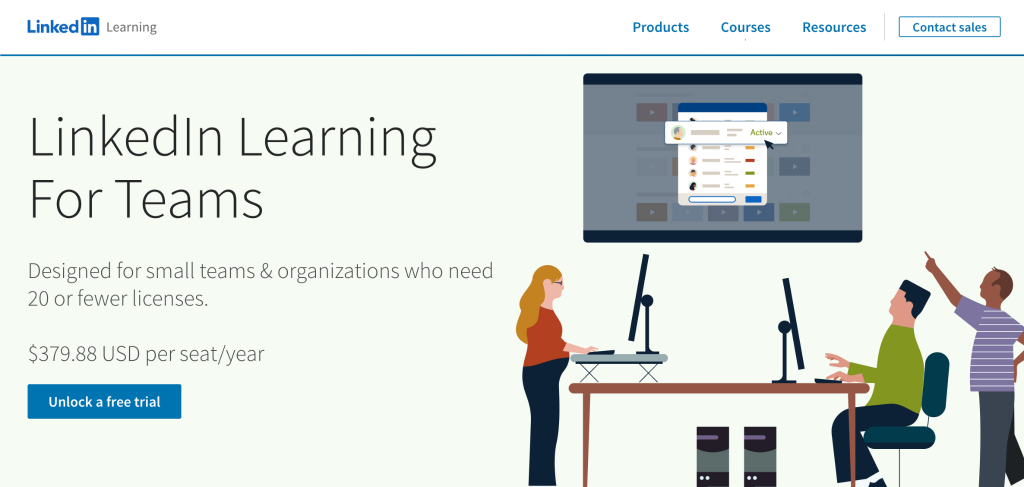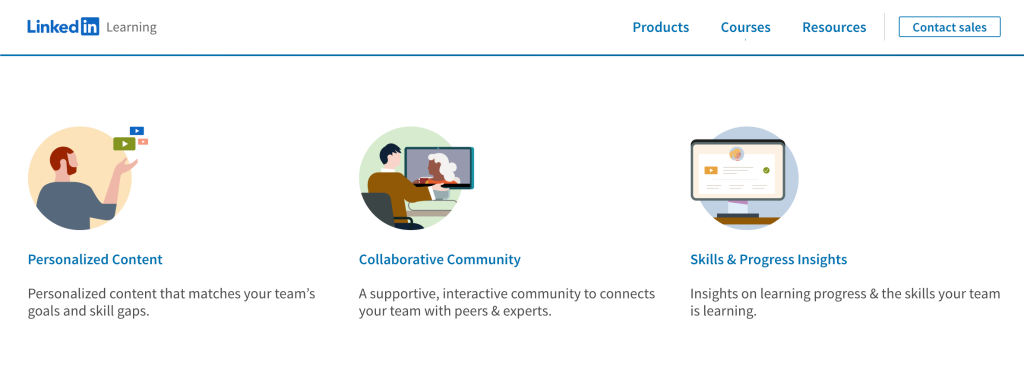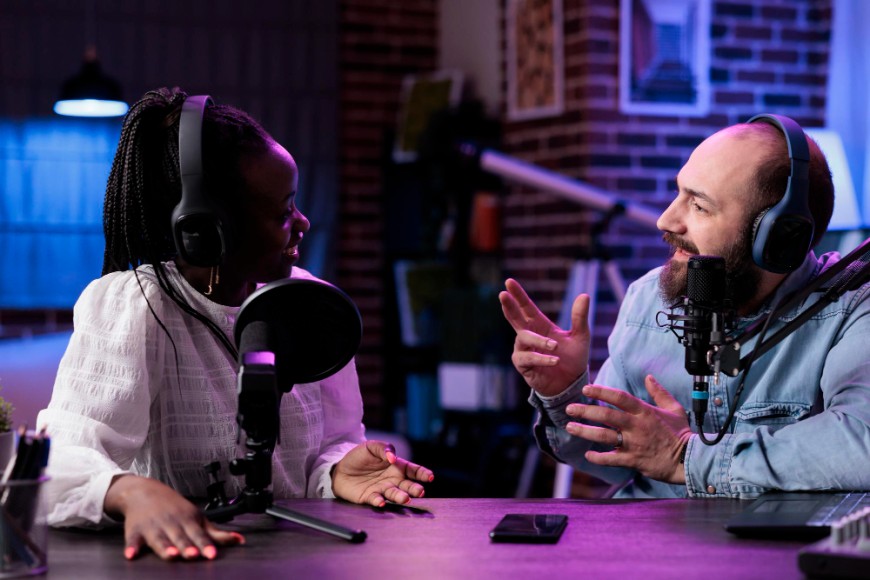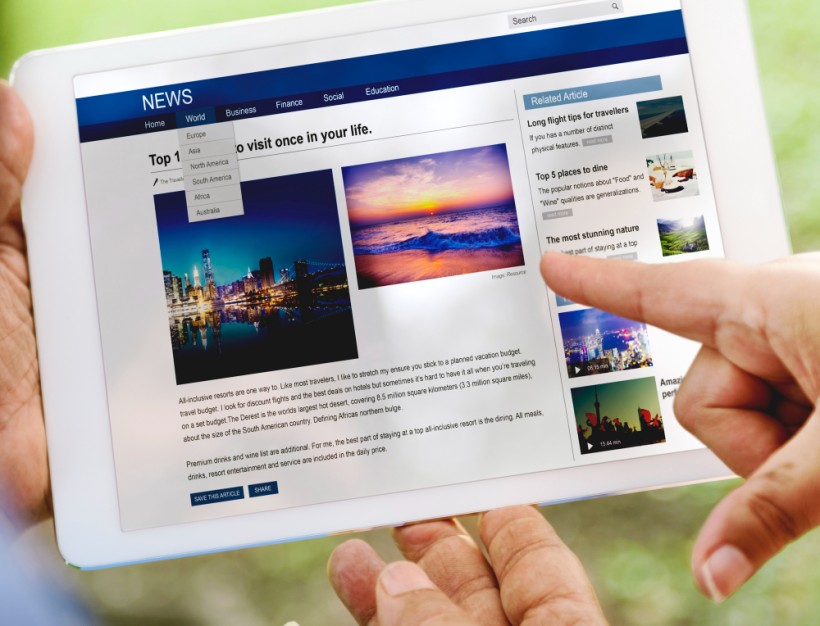“LinkedIn Learning cost” is one of the most common questions people ask when they start thinking about professional development. You want to know how much LinkedIn Learning costs, but is it actually worth it for what you need?
Most people aren’t just asking about the price. They’re asking if it’s a smart investment, if they’ll use it, and if their teams will learn anything practical from it.
This guide covers the cost of LinkedIn Learning for business, enterprise, and individuals.
How much is LinkedIn Learning for a company? What LinkedIn Learning costs
LinkedIn Learning gives you access to thousands of video courses taught by industry professionals. It covers topics like leadership, marketing, coding, design, and soft skills. It’s designed for individuals who want to learn at their own pace.
For individuals, the pricing is straightforward:
- Monthly plan: about $39.99 USD per month
- Annual plan: about $239.88 USD (roughly $19.99 per month)
- One-month free trial available for new users
Source: LinkedIn Learning pricing
For teams, bulk and enterprise pricing are slightly different:
- For 2–20 users: around $379.88 USD per user per year
- For 21+ users (enterprise plans): custom pricing based on your company size
Source: LinkedIn Learning for teams

If you’re based outside the US, pricing varies slightly. In the UK, for example, it’s around £29.99 per month or £179.88 per year (50% discount). Regional taxes and currency conversions make a small difference.
Now, if you do the math, a small company of 10 people pays close to $3,800 per year for LinkedIn Learning. A 50-person company? Nearly $19,000 a year (enterprise pricing). That’s not a small expense. The question becomes: what do you actually get for it?
What you get for the price of LinkedIn Learning
LinkedIn Learning gives you unlimited access to its entire library. That means thousands of video courses across business, technology, and creative topics. You can watch them anytime, on any device, and even download them offline.
You also get completion certificates that show up on your LinkedIn profile. That’s great for individuals building their credibility. It’s also a way for HR departments to show they’re offering learning opportunities.

For managers, the team plan includes analytics—so you can see who’s watching what and for how long. That’s useful for tracking engagement, but it doesn’t necessarily tell you if learning is sticking.
The real question: are people actually learning?
Here’s the pattern I see in most companies that buy learning subscriptions: they launch it with excitement, announce it at an all-hands meeting, and six months later, no one’s using it.
The problem isn’t the platform. It’s the nature of self-paced learning. Employees are busy. They might click into a course once, then forget. There’s no accountability or shared goal.
Time is often the main barrier, not interest. LinkedIn’s 2025 Workplace Learning Report highlights lack of time and resources as a leading barrier to career development for employees and managers, and earlier reports have repeatedly shown that not having time at work is the top reason people don’t learn.
So, while LinkedIn Learning might look cost-effective on paper, the return on investment often depends on whether your team has the motivation and time to use it consistently. If they don’t, that $3,800 quickly becomes a sunk cost.
The difference between individual learning and team learning
There’s a fundamental difference between how individuals learn and how teams learn.
An individual might be driven by curiosity or personal development goals. They’ll choose a course that fits their interests and work through it alone.
A team, on the other hand, learns best through shared context and accountability. They need space to discuss, practice, and connect the lessons to their actual work.
That’s where generic video courses fall short. Watching a 45-minute course on “How to use LinkedIn effectively” doesn’t automatically lead to better company pages, stronger posts, or improved outreach. It’s knowledge without application.
Comparing options: LinkedIn Learning vs. LinkedIn training for teams
Let’s look at what you actually get when you compare a subscription service with custom training:
| Feature | LinkedIn Learning | Custom LinkedIn Training for Teams |
| Learning style | Self-paced video courses | Live, guided sessions with practical application |
| Focus | General professional skills | LinkedIn visibility, content, and lead generation |
| Completion rate | Often below 20% | Typically near 100% (session-based) |
| Outcome | Certificates of completion | Real business outcomes: reach, engagement, leads |
| Pricing model | Per-user annual subscription | Per-team program based on goals |
The difference is in intention. LinkedIn Learning gives your employees access to more knowledge. Custom LinkedIn training helps them apply it directly to your business goals.
When the LinkedIn Learning cost makes sense
For individuals, LinkedIn Learning can be great. If you’re a self-starter who likes learning new tools or soft skills, the annual plan is good value. You can explore marketing strategy, Excel tips, leadership frameworks, or even mindfulness—all in one place.
It’s also useful for small teams who just want a general learning resource. Maybe your team members each want to pick their own courses and report back during check-ins. In that case, the LinkedIn Learning cost for organizations might make sense.
But for most teams, the challenge isn’t access to information. It’s turning that information into results. That’s where custom LinkedIn training changes the game.
Why teams often need something different
If your company’s goal is to improve its presence on LinkedIn—to build thought leadership, attract clients, or strengthen recruiting—you don’t need more videos. You need a plan.
That plan should focus on three things:
- Clarity: What’s your company trying to achieve on LinkedIn?
- Capability: Do your team members know how to post, engage, and represent the brand effectively?
- Consistency: Are they applying what they learn week after week?
Generic video courses don’t solve those problems. A tailored program does.
In a team training format, everyone learns together. We go through real examples, review actual profiles, and help your people write posts that get seen. It’s interactive, practical, and built for business outcomes—not just personal learning goals.
Cost comparison: what you pay vs. what you get
Here’s a simplified look:
| Option | Cost | Typical usage | ROI potential |
| LinkedIn Learning (annual, 10 users) | ~$3,800 | Low (under 30%) | Minimal (passive learning) |
| Custom LinkedIn team training | From $499 per person | High (hands-on sessions) | Strong (visible impact) |
The point isn’t that LinkedIn Learning is bad—it’s that it’s designed for individuals. Teams need direction, accountability, and measurable progress.
What good LinkedIn training looks like
Good team training goes beyond showing you where buttons are. It connects your brand story with how your people show up online. It covers:
- How to optimize team profiles so your brand looks consistent
- How to create posts that attract engagement
- How to build a content rhythm that aligns with your business goals
- How to use LinkedIn to find and nurture leads
Each session builds confidence and momentum. The goal isn’t to complete a course, but to change behavior.
The bottom line on LinkedIn Learning and training
LinkedIn Learning costs between $240 and $380 per user per year, depending on your plan. For individual learners, it’s solid value. But for teams, it often leads to unused licenses and minimal impact.
If you’re researching LinkedIn Learning pricing because you want your team to perform better on LinkedIn, there’s a better use for that budget.
Invest in LinkedIn training built for teams. Focus on practical results, shared accountability, and measurable outcomes.
We’ll help your team learn together, apply what they learn immediately, and see results that justify every penny.
Check out our LinkedIn for PR course to get started.
Mo is the founder and CEO of Column, helping leaders shape public opinion through content and research. Connect with him on LinkedIn.





